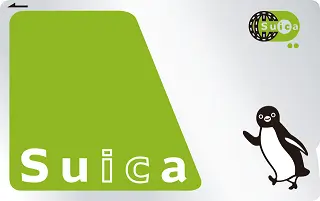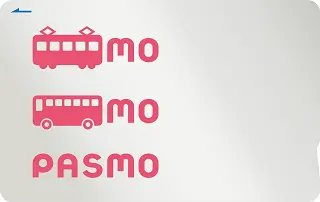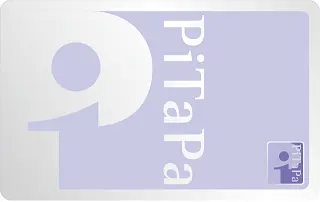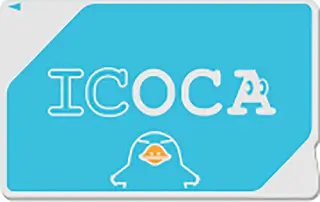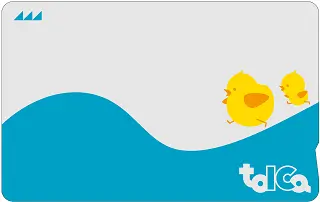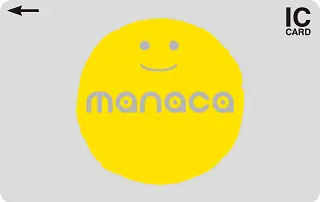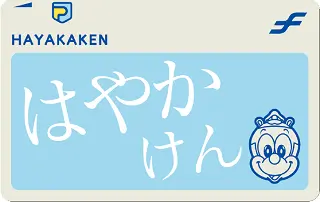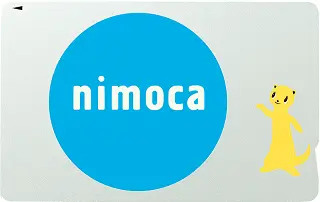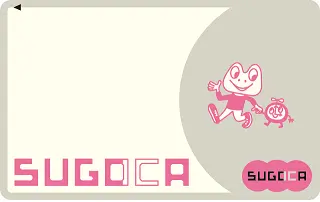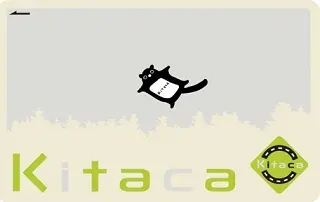Transportation in Japan: An Intro to Travel in Japan
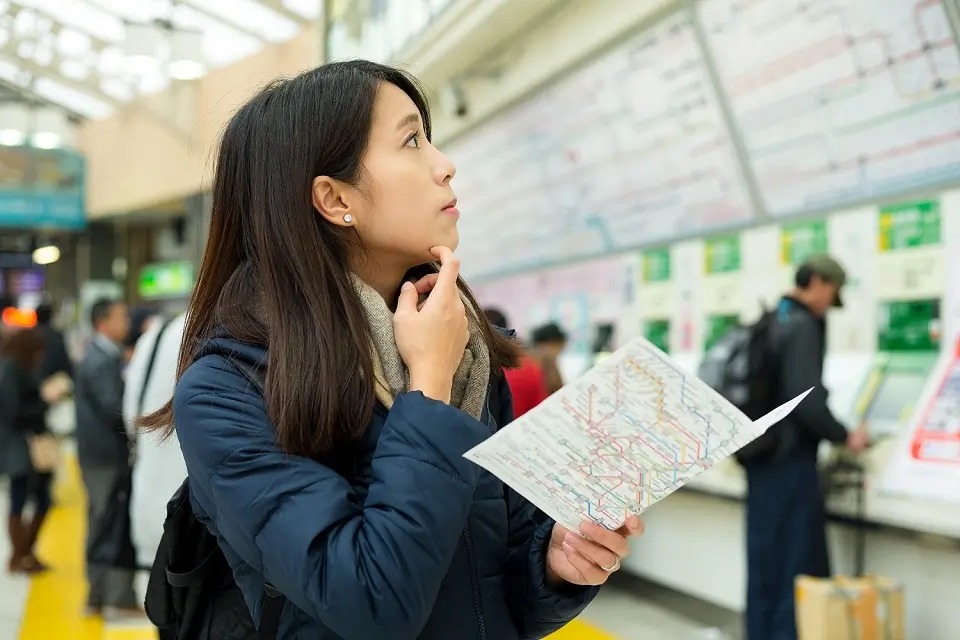
Public transportation in Japan is often lauded as being some of the best in the world. With its small size and extensive web of efficient transport systems, including the bullet trains (Shinkansen), Japan is undoubtedly one of the world’s easiest places to travel!
However, while relying solely on the incredible bullet trains is tempting, you’ll potentially miss out on traveling while enjoying the hidden treasures of scenic beauty lurking between Japan’s major transport hubs!
So, let’s take a deeper look at the various ways to travel around Japan and how to use various Japanese transportation systems, including intercity travel and urban transport networks.
Urban Transportation in Japan
All big Japanese cities have a very effective and efficient network of the following public transport systems:
- Underground or subway trains
- JR trains run by Japan Railways
- Buses
1. Japanese Metro, Subways, and JR
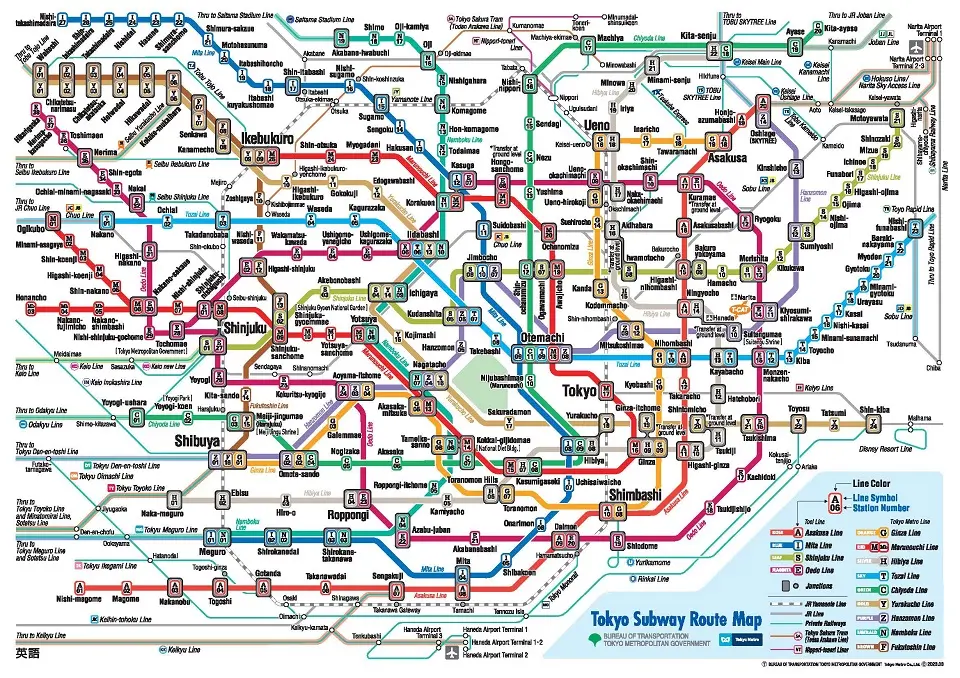

The Japan Railway (JR) trains are the most common train lines you’ll use. There are also extensive subway systems in Japan’s larger cities. Unlike the subways, the JR trains run on the surface, and their network is not as extensive as the subway trains in big cities like Tokyo, Yokohama, Osaka, etc.
Note: If you plan to visit Japan, you can download the PDF files of subway maps for some of the cities here:
Japanese metropolitan areas are very connected by subways and other metro trains. While the word for a train in Japanese is “Densha (電車),” meaning “electric vehicle,” the subways or underground trains are known as “Chikatetsu (地下鉄)” or underground transport.
Meaning of Chikatetsu in Japanese
The word “chikatetsu” is comprised of three kanjis as follows:
- 地: Ji (chi), meaning earth.
- 下: Shita (Ka), meaning below or under.
- 鉄: Tetsu, meaning “Iron.”
So, literally, the word Chikatetsu translates into “Underground Iron.” People may wonder why an underground train is not called “Chikadensha.” And well, you will not be wrong to wonder about it. However, the Japanese word chikatetsu means the network of underground train tracks, and not the underground track, as whether the train is running or not, the tracks always stay there.
However, the English word Metro is commonly used for the local subway trains in Japan.
Local trains, subways, or metros will likely be the first transportation you’ll use in Japan after landing at any airport in any metropolitan area, as the local trains are the most convenient and efficient Japanese transportation for traveling inside a city.
Local and Rapid Intercity Trains in Japan
There are several types of local trains to take that differ by how many stops they make. Local trains, “futsu-densha (普通電車)” stops at every stop, and the rapid (kaisokuor 快速) skips some stations and is the same price as the local train. The express (kyuukoor 急行) also stops at fewer stations than the local.
The limited express (tokkyuu or 特急) only stops at major stations and costs a little more than the local depending on the distance traveled. There is also an option to ride in the green car section of the train as well. These are first-class train cars that have comfortable individual seating for passengers. They’re more expensive to ride on but a nice option for traveling a long distance.
Buying the Train Ticket
Depending on your commute, you’ll spend about JPY 5,00 to 1,000 a day. Train fare depends on the distance you travel and can change or remain the same depending on the city and how far you travel. To ride the train, you must purchase a train ticket (kippu or きっぷ) from the ticket machines near the ticket gates.
On the ticket screen, click the corresponding number to the destination you want to go to. Insert the money into the coin slot, and the ticket will come from one of the slots. Note that the machines don’t accept 5- or 1-yen coins. You can insert up to JPY 10,000 bills into the machine and return the corresponding change.
Using IC Cards instead of Train Tickets
Locals in Japan typically use an IC card when taking public trains. IC cards are rechargeable cards that can also be used for buses, convenience stores, vending machines, and even some restaurants.
Different regions of Japan have their own corresponding IC card. However, you can use them for transportation across Japan. You can purchase IC cards from the ticket booths at the station, which often require a deposit of 500 yen.
You can also type your name on the card and register your phone number in case it gets lost and can be returned to you. To use the card, recharge it at the ticket booth and scan it against the card reader at the ticket gate to board the train.
Once you reach your destination, scan the card again, and the appropriate train fare will be deducted from your pre-loaded amount. The subways (chikatetsu or 地下鉄) also work like the regular JR trains. You can use IC cards at the subway station, so don’t think you have to purchase another card.
Commuter Pass
Working professionals often purchase a commuter pass (teikiken or 定期券), consolidating their transportation costs between two destinations.
Since employers often pay their employees’ transportation costs, purchasing a commuter pass is often cheaper than paying directly for the cost of transportation. Commuter pass purchases come in prices for 1 month, 3 months, or 6 months.
When purchasing a commuter pass, print an official receipt (ryoushuusho or 領収書). You hand over this receipt to your accounting department to receive your monthly transportation allowance with your next salary deposit.
2. Bullet Trains (Shinkansen)


Shinkansen (新幹線) is the Japanese word for bullet trains in Japan. There are special tracks built for the bullet trains to run on. The JR train company operates them. Bullet trains only stop at major train stations. These trains are some of the fastest in the world, traveling up to 320 km per hour, and are famous for their punctuality, comfort, safety, and efficiency.
Meaning and Origin of the Word Shinkansen
The word Shinkansen is comprised of the following 3 Kanji characters:
- 新 (Shin): New
- 幹 (Kan): Stem or Trun
- 線 (Sen): Line
Together, these three Kanjis form the word 新幹線 (Shinkansen), which in Japanese means “New Trunk Line.” The literal translation of this term may be a bit confusing, but what this term really represents is “New Main Line.” Just like Chikatetsu, this term represents the bullet train tracks more than the train itself.
Bullet Train Connectivity in Japan
Bullet trains (Shinkansen) connect all major cities of Japan with a very efficient network. There are 9 Shinkansen lines in Japan, and there are as follows:
- Tōkaidō Shinkansen
- Sanyo Shinkansen
- Tohoku Shinkansen
- Joetsu Shinkansen
- Kyushu Shinkansen
- Hokkaido Shinkansen
- Hokuriku Shinkansen
- Akita Shinkansen
- Yamagata Shinkansen
The following picture shows the cities of Japan connected by the bullet train network:
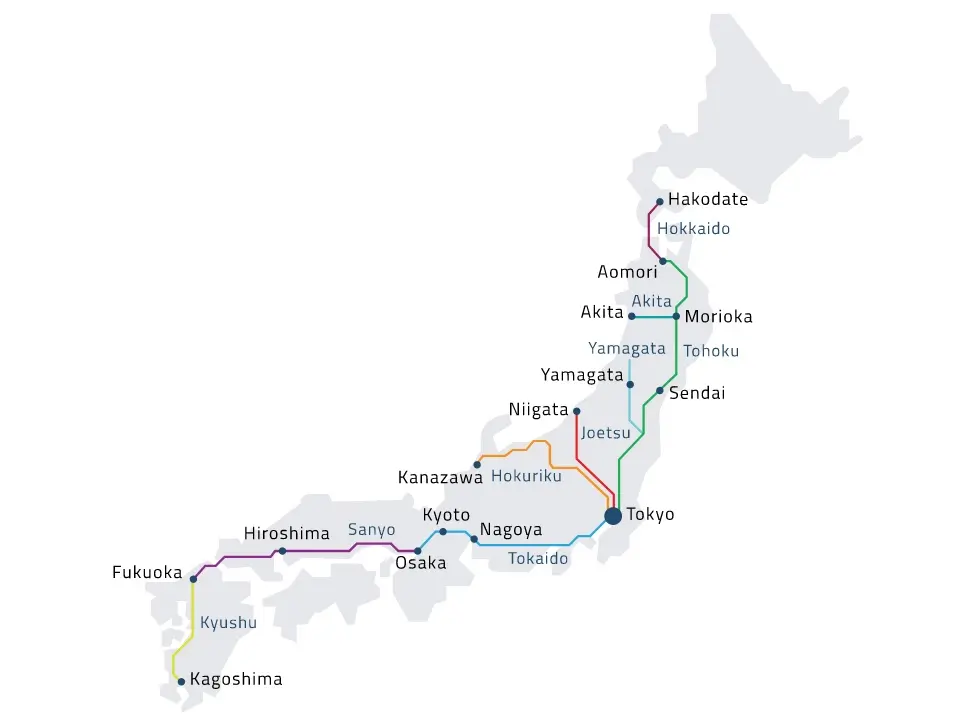

Tickets for Bullet Trains
You can purchase the tickets for the bullet train at JR ticket counters, designated ticket machines, and online. IC cards can be used to purchase tickets as well. You can use a credit card to purchase tickets at the JR ticket counters. However, you cannot use any credit cards issued outside of Japan at the ticket machines.
The fee for the bullet train includes the base fare, the Shinkansen supplement fee, seat reservation (optional), and the green car fee (optional). When purchasing a ticket, you’ll need the following information—number of travelers, departure date, departure station, arrival station, ordinary or green car, and reserved or non-reserved seat.
When you purchase the ticket for a bullet train, you’ll receive two tickets instead of one—a base fare ticket and a supplement fare ticket. Do not lose your tickets; you will likely have to repurchase another ticket. Many of the workers at the ticket office do not speak English, so it’s best to write the information on a piece of paper or use “Google Translate” to help ease the process.
Although it’s not always necessary, purchasing a reserved (shiteiseki or 指定席) seat ticket is highly recommended. You can purchase these tickets from one month before the trip until shortly before the departure time.
There are non-reserved (jyuuseki or 自由席) seats available as well. Seat reservations offer peace of mind when traveling. During the peak travel seasons without a seat reservation, you’ll likely have to stand on a crowded train for a few hours.
3. Bus Transportation System in Japan
Buses (basu or バス) are the second most popular form of transportation. They can be a little intimidating at first since many buses outside major cities don’t have English translations, but they’re easy to use once you get used to them.
There are two types of buses commonly seen around Japan—city buses and charter buses. The city buses, of course, service the city area. They often cost less than 500 yen, and boarding areas can be found near station entrances.
Shuttle buses are often used to visit tourist areas or the airport. You can book the tickets online, in person at the bus station, or inside the bus. Instead of paying by distance, chartered buses have a pre-determined fare amount.
Riders usually board the bus at the back door (some older buses board at the front). At the door, grab a ticket with a number written on it. Many buses allow you to pay with an IC card as well.
Using an IC Card or Ticket on City Buses
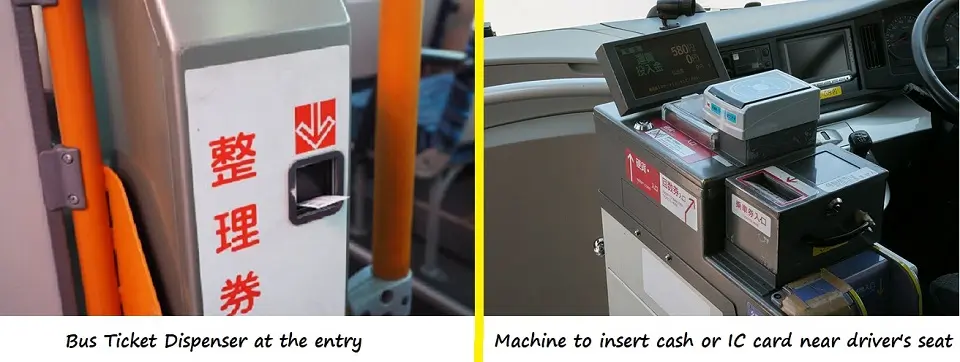

If you’d like to pay by IC card, scan your card on the card reader before you get on the bus. A display at the front of the bus shows the next stop and the fares for each stop. To determine your fare, look at the amount associated with the number on your ticket. So, if your ticket is 0, pay the fare associated with the number zero when you leave the bus.
As the bus is approaching your stop, press one of the stop buttons marked by tomarimasu (とります) on the walls to signal the bus driver to stop. If you’re paying with cash at the front and don’t have exact change, don’t worry. You can use the machine at the front to get smaller coins.
4. Taxis in Japan
Taxis (takushii or タクシー) are the third most common way to get around in Japan. Ride-share apps like Uber and Lyft aren’t in Japan, so don’t expect to find cheaper taxi alternatives while living here.
For the average person, taxis are expensive, unnecessary alternatives to public transportation. However, after midnight, the trains and buses stop running, and they’re often the only form of transportation available.
To hail a taxi, go to a taxi stand or flag down a taxi near an area where it’s safe to stop. You can find taxi stands outside all train stations and near the bus stops in Japan.
A plate on the dashboard will usually indicate if a taxi is vacant. You can look for the following signs:
- Kkuusha or 空車 for vacant
- Chinsou (賃走) for occupied
When boarding a taxi, enter the car through the left door. Please wait for the door to open on its own before entering the taxi. Taxis also accept payment using cash, credit cards, and rechargeable IC cards. Taxis can also be used as charter sightseeing services, with the driver doubling as a tour guide. Renting a sightseeing taxi typically costs ¥10,000 for two hours.
Taxi drivers in Japan are highly trusted and extremely respectful. You can recognize the licensed taxis by their green license plates instead of the white or yellow plates used by regular cars. Fare calculation is done by the meter, but there are exceptions on predetermined routes to the airport or other popular destinations where a flat rate is offered.
Type of Taxis and Fare
There are three types of taxis large (oogatasha or 大型車), medium (chuugatasha or 中型車), and small taxis (kogatasha or 小型車).
Taxi fares in Japan are the second highest in the world and vary from place to place. For 4-passenger taxis, fares typically start around 400-810 yen for the first two kilometers.
The fare increases to about 80 yen for every additional 300 meters. The toll will be added to the fare if a taxi uses the expressways. You must pay a late-night surcharge for trips between 10:00 PM and 5:00 AM. Some taxis have started with a minimum fare of 1 km instead of 2 km.
5. Traveling by Car in Japan
While Japan’s trains are the world’s envy, some places cannot be discovered well without a car! This includes Spirited Away-Esque onsen towns, often tucked away alongside mountain highways and boast fewer crowds than those connected by train. However, driving in Japan can be arduous and expensive, making it not for the faint of heart or those on a tight budget.
Renting a regular car will generally cost upwards of 5,000 yen per day at the absolute cheapest, with many companies charging far more. However, the biggest killer is Japan’s narrow roads, which are difficult to navigate if you are new to Japan and severely lack free parking space.
Unless you have accommodation with a designated parking space, you’ll likely have to bear the burden of heavily metered parking, even in the countryside! In addition, Japan’s nonsensical street system, often based on feudal paths, is full of sudden dead-ends, one-way streets, or absurdly tight corners, forcing even the most confident drivers to lose their cool.
While Japan’s ubiquitous highways are exceptionally well maintained and easy to navigate, the tolls are extraordinarily high! For example, the roughly 5-hour drive from Tokyo to Osaka will set you back approximately 10,000 yen, making it only a little cheaper than the shinkansen without the additional price of petrol (often also high) and rental fees.
6. Air Travel in Japan
Surprisingly, domestic airplane rides in Japan can be even cheaper than the bullet train – and much faster!
Japan’s capital and secondary cities are well supported by airports, with numerous flights crisscrossing the country. For example, a flight from Tokyo’s Haneda Airport and Sapporo’s New Chitose Airport can be as low as 15,000 yen during the off-season, while a bullet train ride would set you back at least 25,000 yen (both one-way).
Of course, with the ever-fluctuating prices of airplanes vs. the stable prices of trains, your experience may differ! Thankfully, catching a plane in Japan is just as easy as in any other country, albeit much more relaxed and efficient than most.
7. Water Transportation
Daytime or overnight boat rides allow one to travel while enjoying the sight of the waves of water and the breathtaking coastal landscapes during the day or the night sky during the night.
Hopping throughout Japan’s 6,852 islands across regions like the Setouchi Inland Sea, Okinawa, Kagoshima, or even Tokyo provides an off-beat way to uncover a new, lesser-seen side to Japan.
Huge ferries and cruise ships regularly run between Japan’s major ports for regular travel. These ferries and cruises are slower than the other modes of transport; however, they are often significantly cheaper than other forms of transport. The assumption for the latter statement is that you are not going for the most luxurious private room!
Japanese Transportation Prepaid Rechargeable IC Cards
We have mentioned rechargeable IC cards in Japanese trains and bus transportation sections. However, this important topic deserves a separate section. So, here it is.
Having contactless rechargeable IC cards for Japanese transportation makes travel very efficient as you do not have to spend time buying tickets for each of your rides.
Moreover, it is not just about the time spent purchasing a ticket but checking the required fair amount.
The use of prepaid smart cards for transportation started in a smaller way with the introduction of the Suica card in November 2001 by JR East (Eastern Japan Railways). However, the convenience experienced by the public made IC cards very popular, and soon, all the major public transportation companies introduced their own IC cards.
The next need was to make these major smart cards compatible across all the major transportation systems in Japan. Moreover, the innovation extended to make these rechargeable IC cards usable for vending machines, convenience stores, and other shopping needs.
The list of all major IC cards used in major Japanese transportation networks is as follows. Please note that only one (PiTaPa card) is postpaid, while all others are rechargeable prepaid cards. All the following cards are also compatible with each other:
10 Compatible IC Cards for Japanese Transportation Networks
Suica IC card
Suica IC cards (including commuter passes) are from JR East for the regions covered by JR East, i.e., Kanto, Koshinetsu, and Tohoku regions. However, JR East Suica cards can be used on other smart card transportation systems mentioned in this list.
You can get a regular blank Suica card, a personalized Suica with a printed name, a commuter pass, or child cards.
Purchasing and charging: JPY 500 deposit with a minimum initial charge of 500 yen. The maximum charge allowed is JPY 20,000. Credit and debit cards are not acceptable for charging Suica. You can get your Suica card from ticket vending machines at any train station in the Tokyo metropolitan area. You can charge it at the ticket vending machines at JR East stations and convenience stores in the Tokyo metropolitan area.
Refund Policy: The initial deposit of 500 yen and any balance charged amount are refunded. However, for the Pasmo card pass (e.g., monthly pass), 220 yen of handling charge is deducted from the balance.
Miscellaneous: Children’s cards can be bought separately for kids up to 12. The children’s Suica card automatically deducts the discounted fare applicable to children. A special “Welcome Suica” card of 28 days validity can be bought by tourists from overseas at Tokyo’s Narita or Haneda airports with no deposit requirements but no refunds applicable.
Pasmo IC cards
Pasmo IC cards (including commuter passes) are from Pasmo, Co. Ltd., backed by 11 railway and 19 bus operators in Tokyo, excluding the JR. However, the Pasmo card covers the Tokyo Metropolitan area but can be used on other Japanese transport systems covered in this section. Pasmo card’s options are a regular blank card, a personalized card with a printed name, a commuter pass, and child cards.
Purchasing and charging: The same as Suica, above. You can get Pasmo cards for cash from ticket vending machines at any train station in the Tokyo metropolitan area. You can also get it from Narita and Haneda airport stations. To charge your Pasmo card, you can use the ticket vending machines at JR stations in Kansai and convenience stores.
Refund Policy: The initial deposit of 500 yen and any balance charged amount are refunded. Unused cards are valid for 10 years.
Miscellaneous: You can get a children’s Pasmo card, which automatically deducts the discounted fare applicable to children. A special “Pasmo Passport” card of 28 days validity can be bought by visitors from these locations from overseas in the Kanto area. The card issuing fee is JPY 2,000; however, currently, there is a 500-yen discount on it. Like Suica, there is no refund applicable to Pasmo’s passport card.
PiTaPa
Unlike other pre-paid smart cards for local transportation, PiTaPa (“Postpay IC for Touch and Pay“) is a post-pay card linked to your credit card. Primarily for the Kansai region, the PiTaPa cards can be used with other transportation systems mentioned here.
Purchasing and charging: There are no charges to get the PiTaPa card and no annual fee, except the shipping fee of 110 yen. However, if you do not use it for one year, a maintenance fee of JPY 1,100 is charged. You can apply for it online.
ICOCA IC card
ICOCA IC card (including commuter passes) is from JR East, covering the Kansai region transportation and other Japanese transportation networks mentioned in this section.
The card gets its name from Iko Ka? meaning “Shall we go.”
Purchasing and charging: Same as Suica card deposits and charging terms. You can purchase an ICOCA card for cash at any JR station in the Kansai region. You can use the ticket vending machines at JR stations in Kansai and convenience stores to charge the card.
Refund Policy: You can return the card for a refund of the deposit amount of 500 yen plus any balance on the card. Please note that a handling fee of 220 yen is deducted from the balance.
Miscellaneous: Child ICOCA card is available and works exactly the same as the other prepaid IC cards issued by other transportation networks in Japan. Foreign tourists can get the ICOCA card’s fixed validity version, the “Kansai One Pass Card.” You can get discounts at these tourist attractions besides transportation and shopping.
Toica pre-paid IC card
Toica pre-paid IC card (including commuter passes) is from JR Central, covering the Chūbu (Nagoya) region. However, as with all other main IC cards, it can also be used on other transport network systems mentioned in this list.
Purchasing and charging: The initial purchase price of the Toica IC card is JPY 2,000, which includes a 200-yen deposit and a 1,500-yen usable charging amount. You can purchase Toica cards at JR East ticket offices, vending machines, and also at some Tōkaidō Shinkansen stations for cash.
Refund Policy: While returning the card, you can get your deposit of 500 yen back plus the balance on the card after a deduction of 220 Japanese yen.
Miscellaneous: You can buy the Toica pre-paid card for your child of 12 years or younger. This card will deduct the discounted fare applicable for children.
Manaca pre-paid IC card
The Manaca pre-paid IC card (including commuter passes) is from Nagoya Railroad. You can use it on Nagoya city transportation (subways and buses), Meitetsu trains & buses, the Toyohashi Railway, the Aonami Line, and the Yutorito Line.
Like all other smart cards, Manaca can also be used in other transport networks of this list.
Purchasing and charging: You can get a Manaca IC card for JPY, 1,000, 2,000, 3,000, 5,000, or 10,000 with cash. JPY 500 is a refundable deposit, and the balance is a usable amount for your travel.
Refund Policy: If you no longer wish to use your Manaca card, you can return it to get a refund of the deposit of 500 Japanese yen and the balance amount on the card minus a 220-yen handling fee.
Miscellaneous: Like all other pre-paid public transportation cards, the Manaca card for children is also available.
Hayakaken IC card
Hayakaken IC card, including the commuter pass, is from the Fukuoka City Transportation Bureau. Apart from the Fukuoka public transportation network, it’s compatible with other major transportation networks listed here. The name Hayakaken represents – quick (速い, hayai), friendly (優しい, yasashii), comfortable (快適, kaiteki), and card (券, ken).
Purchasing and charging: Same as the Manaca card listed above.
Refund Policy: The refund policies of the Hayakaken card are the same as the other major IC cards mentioned here.
Miscellaneous: You can get a Hayakaken card for children and people with disabilities for discounted fares.
Nimoca pre-paid IC card
Nimoca pre-paid IC card, including the commuter pass, is from Nishi-Nippon Railroad (Nishitetsu) in the Greater Fukuoka region.
Apart from Nishitetsu trains and buses in Greater Fukuoka, it is also compatible with other transportation systems listed here.
Purchasing and charging: You can get a Nimoca prepaid IC card with a 500 Yen deposit and a 1,500 Japanese Yen usable amount for your rides and shopping.
Refund Policy: You can return the Nimoca card to get the deposit back; however, 220 Yen charges will be deducted from the refund of the balance available on the card.
Miscellaneous: Yes, you got that right! You can buy Nimoca cards for children for discounted fares.
Sugoca prepaid IC card
Primarily meant for JR trains in the Greater Fukuoka, Kumamoto, Kagoshima, Oita, and Nagasaki regions but is compatible with other major transportation networks, the Sugoca prepaid IC card is from JR Kyushu.
Purchasing and charging: The purchase price for Sugoca is the same as other smart transportation cards, i.e., JPY 500 as a deposit and a minimum of 1,500 yen as the initial usage amount.
Refund Policy: Same as Nimoca card.
Refund counter: JR Hakata Station Ticket Office, JR Kumamoto Station Ticket Office
Miscellaneous: Like all other prepaid IC cards, Suugoca cards are also available for children up to 12 years old.
Kitaca prepaid card
Kitaca prepaid (including the commuter pass) card is from JR Hokkaido for primary usage for the transportation system in the greater Sapporo region, including JR trains, subways, trams, and buses. However, the Kitaca card is compatible with other major Japanese transportation networks.
Purchasing and charging: Same as Sugoca Card
Refund Policy: The refund policy is the same, with a 100% refund of the deposit amount of JPY 500 and the refund of the balance on the card after deducting a handling fee of Japanese yen 220.
Miscellaneous: Kitaca card also offers the child card version for train and bus tickets for children up to 12 years old.
Apps to Help You Travel in Japan
As technology advances, there are many apps you can use to travel in Japan. Many of these apps offer some English translations and precise routes and timing for reaching your destination.
While Japanese transportation systems are remarkably efficient, using the following apps will make your travel in Japan much more comfortable,
Jorudan
One of the very useful desktops and mobile Apps to plan your trips is Jorudan. This app is available in Japanese and English to help you plan your local or intercity travels in Japan. However, the affordable paid version offers a lot of functionality. However, the free version is sufficient for all practical purposes to make your intercity or inside-the-city travel very efficient.
Hyperdia
Hyperdia is a travel app developed in Japan for commuters and tourists. It’s available in Japanese, Chinese, as well as English and is popular with many travelers in Japan. The app lets you choose your departure and arrival stations as well as the time of travel. Search filters also allow you to customize your route and the train you’d like to take.
Navitime
Another popular travel app is Navitime. Like Hyperdia, you can customize your travel route around all major areas of Japan. It also shows train delay information and allows users to search offline.
Google Maps
Likely the most popular app familiar to foreign travelers, Google Maps offers guidance through all major cities, towns, and villages in the country. It’s the most visual of the three, but it doesn’t allow you to customize your route.
Conclusion
The Japanese transportation system can be a little challenging to navigate upon first appearance. This is primarily due to occasional language issues; however, after a few weeks, you’ll become an expert in no time. There are always pros & cons of different modes of transportation, so be sure to research before departing for your destination.
Whether it be a train, car, airplane, bus, boat, or just on your own two feet, there’s virtually nowhere in Japan you can’t get to easily!
Along with the efficiency of transportation in Japan for speedy and comfortable travel and the stunning sights along the way, you’ll also relish exquisite Japanese hospitality and impeccable punctuality, making traveling or commuting a delight!


Jamila Brown is a 5-year veteran in Japan working in the education and business sector. Jamila is currently transitioning into the digital marketing world in Japan. In her free time, she enjoys traveling and writing about the culture in Japan.

